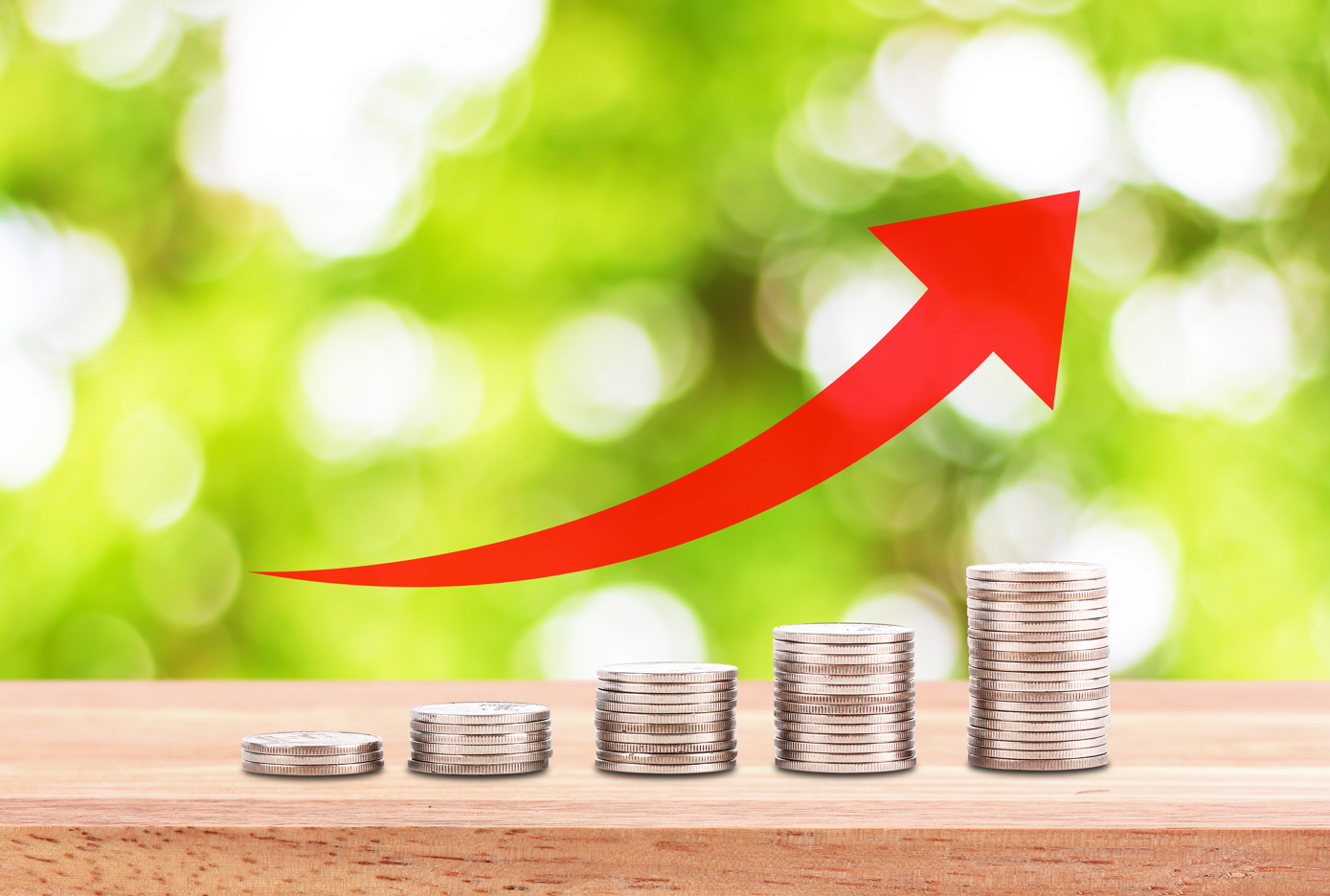Investing can be a daunting task for many people, especially those who are new to the world of finance. However, with the right knowledge and strategy, investing can be a highly profitable and rewarding experience. In this article, we will explore some of the investments that are known to generate high returns and provide insights on how you can maximize your earnings.
- Stocks
Stocks are one of the most popular investments that have consistently generated high returns over the years. Investing in stocks means that you are buying a small portion of ownership in a publicly traded company. When the company’s profits increase, the stock price usually goes up, resulting in a profit for the investor.
There are two main ways to invest in stocks: through individual stocks or through a mutual fund. Individual stocks allow investors to choose specific companies to invest in, while mutual funds offer a diversified portfolio of stocks from different companies.
While stocks can provide high returns, they also come with risks. The stock market can be volatile, and a company’s stock price can plummet due to factors such as poor financial performance or negative news. Therefore, it’s important to conduct thorough research and diversify your portfolio to minimize risk.
- Real Estate
Real estate has been a popular investment option for many years, and for good reason. Investing in real estate can provide a steady stream of income through rental properties or capital gains through property appreciation.
One of the main advantages of real estate investing is the ability to leverage your investment through financing. This means that you can borrow money to purchase a property and use the rental income to pay off the loan, while still earning a profit. Real estate also offers tax benefits, such as deductions for mortgage interest and property taxes.
However, real estate investing also requires significant upfront costs, such as down payments and property maintenance expenses. It’s important to conduct thorough research and analyze the local real estate market before investing in any property.
- Cryptocurrency
Cryptocurrency has gained significant attention in recent years due to its high returns and volatile nature. Cryptocurrency is a digital currency that operates independently of a central bank and uses encryption techniques to secure and verify transactions.
While cryptocurrency can provide high returns, it also comes with significant risks. The value of cryptocurrency can be highly volatile, with prices fluctuating rapidly in response to market conditions and news events. Additionally, the lack of regulation and security concerns can make cryptocurrency a risky investment.
Investing in cryptocurrency requires a thorough understanding of the technology behind it, as well as careful consideration of market conditions and risk tolerance.
- Exchange-Traded Funds (ETFs)
ETFs are investment funds that are traded on stock exchanges, similar to individual stocks. ETFs provide investors with exposure to a diversified portfolio of assets, such as stocks, bonds, or commodities.
ETFs offer several advantages, including low fees, diversification, and ease of trading. They can also provide high returns, depending on the performance of the underlying assets.
However, like any investment, ETFs come with risks. The value of ETFs can fluctuate with market conditions, and some ETFs may have higher fees than others. It’s important to conduct thorough research and select ETFs that align with your investment goals and risk tolerance.
- Peer-to-Peer Lending
Peer-to-peer (P2P) lending is a type of investment that allows individuals to lend money to others in exchange for interest payments. P2P lending platforms connect borrowers with investors, and investors can choose which loans to fund based on factors such as credit scores and loan terms.
P2P lending offers several advantages, including higher interest rates than traditional savings accounts and the ability to diversify investments across multiple loans. However, P2P lending also comes with risks, such as the potential for loan defaults and the lack of federal insurance.
It’s important to conduct thorough research and choose reputable P2P lending platforms with strong track records.
- Precious Metals
Investing in precious metals, such as gold, silver, and platinum, can provide a hedge against inflation and economic instability. Precious metals are finite resources with intrinsic value, making them a popular investment option for those looking to diversify their portfolio.
One of the main advantages of precious metals is their ability to retain value over time, even in periods of market volatility. Additionally, precious metals are tangible assets that can be stored and transported easily.
However, investing in precious metals also comes with risks. The value of precious metals can fluctuate with market conditions, and storage and transportation costs can eat into potential profits. It’s important to carefully consider market conditions and select reputable dealers when investing in precious metals.
- Small Business Ownership
Investing in small businesses can provide high returns and the satisfaction of supporting local economies. Small business ownership can take many forms, including purchasing shares in a privately owned company or starting a business from scratch.
Small business ownership offers several advantages, including potential for high returns, the ability to have a hands-on role in the business, and the opportunity to make a positive impact in the community.
However, small business ownership also comes with significant risks, such as the potential for business failure and the need for significant upfront costs. It’s important to conduct thorough research and develop a solid business plan before investing in any small business.
- Art and Collectibles
Investing in art and collectibles can provide a unique investment opportunity with the potential for high returns. Art and collectibles are finite resources that can appreciate in value over time, making them a popular investment option for those looking to diversify their portfolio.
One of the main advantages of art and collectibles is their ability to retain value over time, even in periods of market volatility. Additionally, investing in art and collectibles can provide a unique aesthetic experience.
However, investing in art and collectibles also comes with risks. The value of art and collectibles can fluctuate with market conditions, and the lack of regulation and authentication standards can make it difficult to ensure authenticity. It’s important to carefully consider market conditions and select reputable dealers when investing in art and collectibles.
Maximizing Returns
While each of these investments has the potential for high returns, maximizing returns requires careful consideration of market conditions, risk tolerance, and investment goals. Diversifying your portfolio across multiple investments can help to mitigate risk and maximize returns.
Additionally, it’s important to regularly monitor your investments and adjust your strategy as needed. Market conditions and economic factors can change rapidly, so staying informed and adaptable is critical for long-term success.
Conclusion
Investing can be a highly profitable and rewarding experience, but it requires careful consideration and strategy. Stocks, real estate, cryptocurrency, ETFs, P2P lending, precious metals, small business ownership, and art and collectibles are just a few of the many investment options available.
Each investment has its own unique advantages and risks, and it’s important to conduct thorough research and analysis before making any investment decisions. By diversifying your portfolio, monitoring market conditions, and staying informed and adaptable, you can maximize your returns and achieve long-term investment success.




















